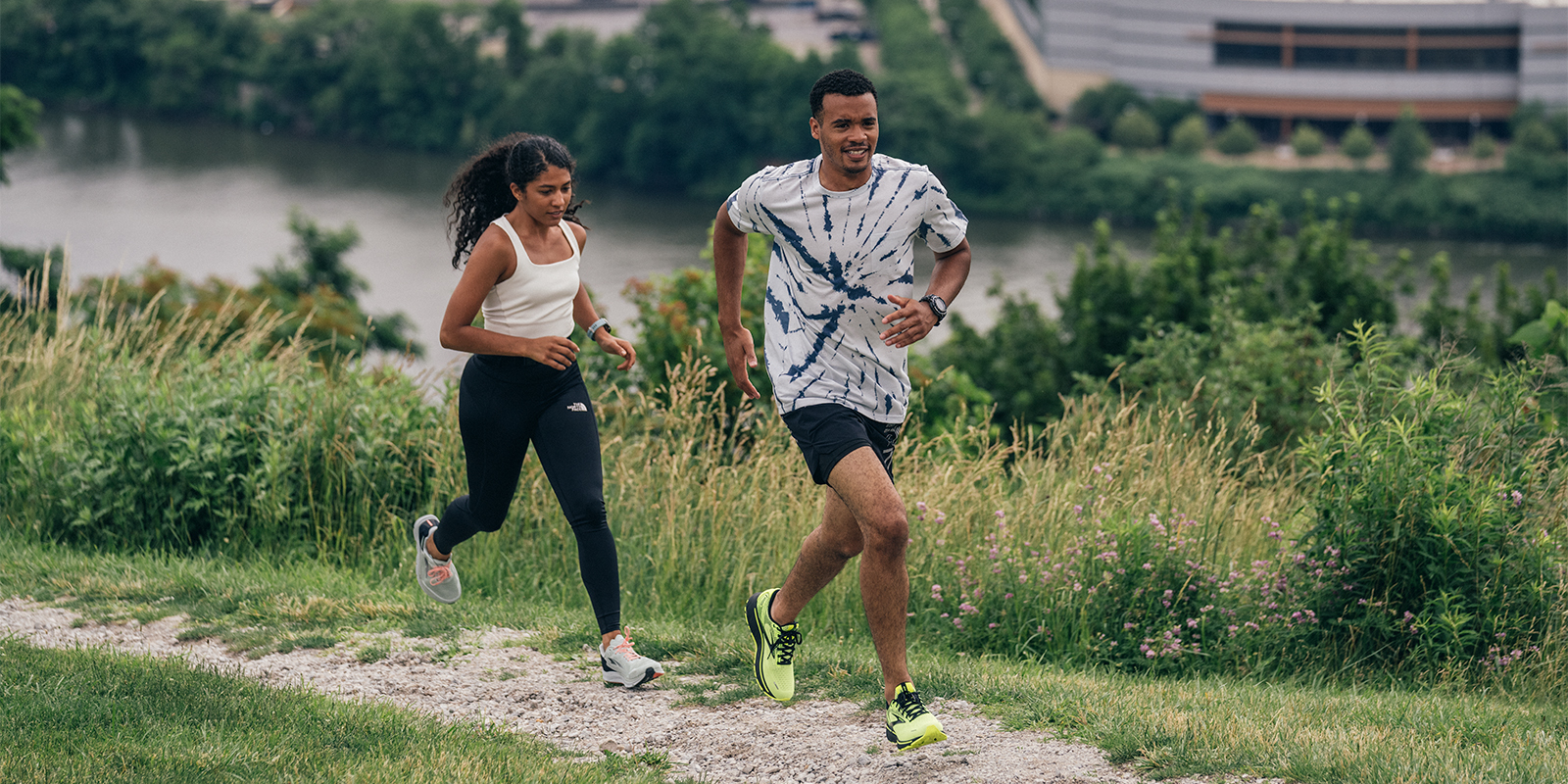These most-often removable pieces of thin, flexible foam are usually referred to as “factory insoles.” The simple, molded layers of foam provide some cushioning and a very minimal amount of arch or heel support; the shoe or boot itself is what’s meant to provide the majority of both shock absorption and foot support. Some factory insoles are higher quality than others, offering more cushioning and/or anti-microbial properties than others. Still, they’re minimal in terms of cushioning and support provided. When it comes to getting the most outdoor performance out of your shoe, you can do better with a specialized insole.
Why Consider an Over-the-Counter Insole?
Not everyone needs to purchase an additional over-the-counter (aka aftermarket) insole, but there are few good reasons to add a pair to your running or hiking shoes:
- The cushioning in a factory insole breaks down over time; the shoe itself will often outlast it.
- You suffer overuse injuries not being solved by shoes on their own.
- Not every aspect of a shoe works for every runner or hiker; even the ones who were fitted for properly at a specialty store.
- You’re looking to customize the fit of a pair of shoes.
- You’re looking to add support and/or cushioning to a pair of shoes.
Some insoles are meant to add cushioning while providing a light amount of additional support, while some simply take up space within a shoe or boot that is too high-volume for a low-volume foot. Others provide targeted support to correct overpronation, or are built to counter common running or hiking injuries, like plantar fasciitis or shin splints, by offering support in specific areas of the foot. All are meant to replace the stock insole that comes with the shoes or boots that you’ve purchased, though some very minimal over-the-counter insoles can be layered on top of factory insoles for the sole purpose of taking up excessive volume within the shoe or boot.
Podiatrists occasionally recommend aftermarket insoles to correct certain pains, or they may recommend custom-built orthotics, which they may make themselves. Otherwise, the “over-the-counter” insoles intended for active use, like running and hiking, may be labeled as “Active” or “Performance,” and found at outdoor stores and specialty active footwear retailers. Drugstores tend to carry over-the-counter insoles targeting cushioning, though some may carry insoles meant for support.
Here’s a look at the different types of insoles on the market, made specifically for runners and hikers. The product should note if the insole fits best within running shoes or hiking shoes; the difference has to do with volume.





